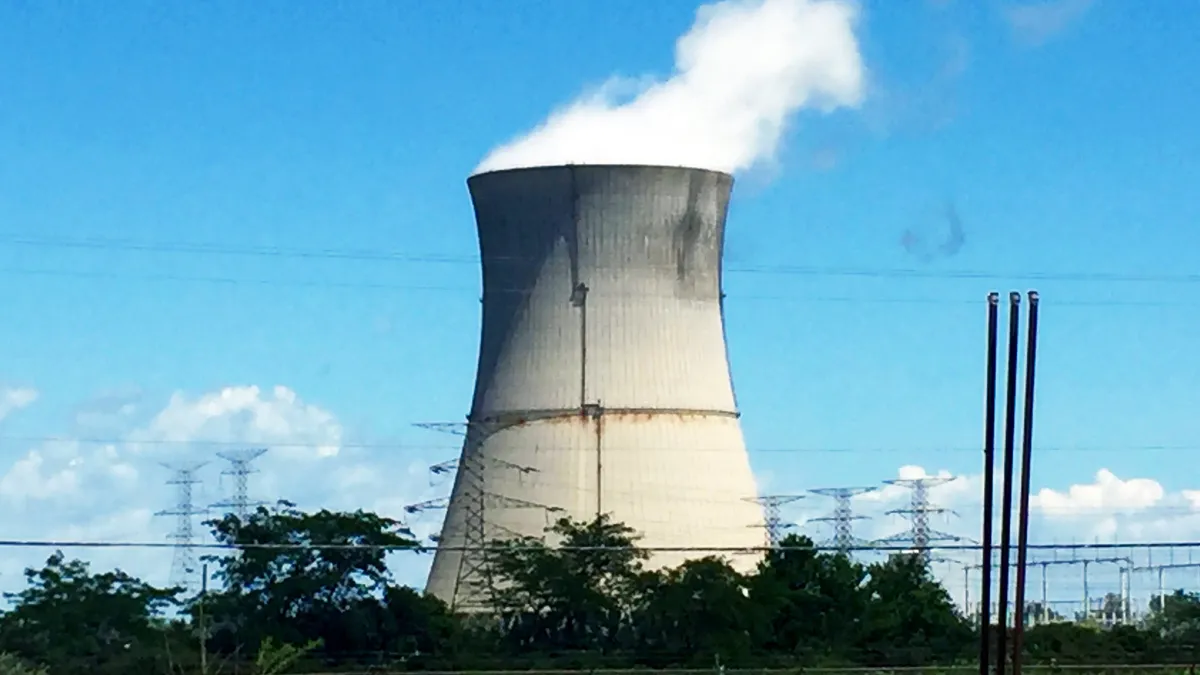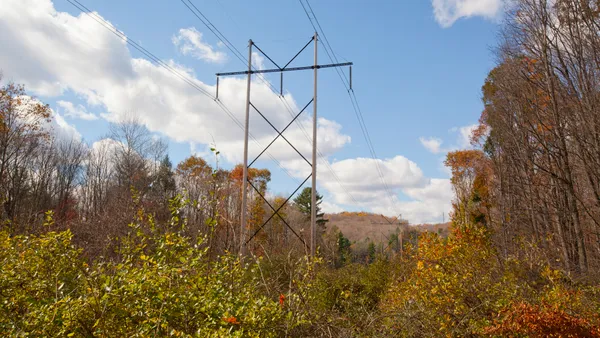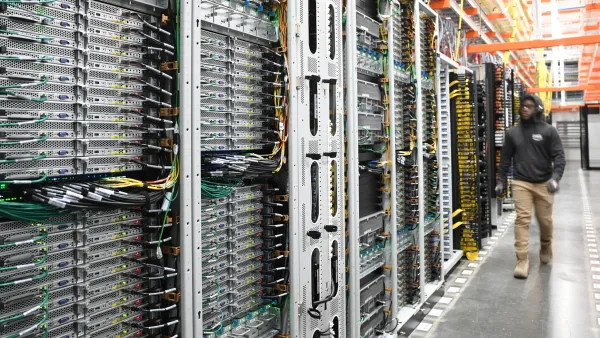Dive Brief:
- Pacific Gas and Electric (PG&E) found, in a self-investigation ordered by state regulators, obstacles on 1,500 miles of gas pipelines, almost 20% of its 6,750-mile system. The issues will cost $500 million in shareholder money and take until 2017 to resolve.
- This is the most recent in a chain of revelations from 65,000 e-mails between California Public Utilities Commission officials and PG&E personnel, the San Francisco Chronicle reports. The parties interactions are being studied by investigators as part of the suit against the utility brought by the City of San Bruno for the 2010 PG&E gas pipeline explosion that killed eight people.
- PG&E faces a $1.4 billion penalty for safety and record-keeping violations and $1 billion in federal criminal fines for violations of pipeline safety laws and obstructing justice.
Dive Insight:
The self-investigation was secretly ordered in 2012 and found access to major gas pipelines was blocked by trees, buildings, and swimming pools.
Other emails show CPUC officials working to satisfy PG&E requests in rate cases and offering special treatment for favors. There has been no satisfactory investigation of whether the utility was negligent.
Though opposed to permissible regulator-stakeholders meetings because they limit participation, former Federal Energy Regulatory Commission Chair
Jon Wellinghoff recently said, communication is also not served by “behind the scenes emails and other things between parties,” referencing the CPUC scandals involving Southern California Edison and PG&E executives.
The core of a good regulatory proceeding is a conversation, former Public Utilities Commission of Texas regulator Karl Rabago, now Director of the Pace Energy and Climate Center, said. "It is a public conversation because a commissioner is a public official. And it should not be different when you are on the dais or off the dais of or alone in the office or writing an email. Open discourse builds confidence in public institutions."













